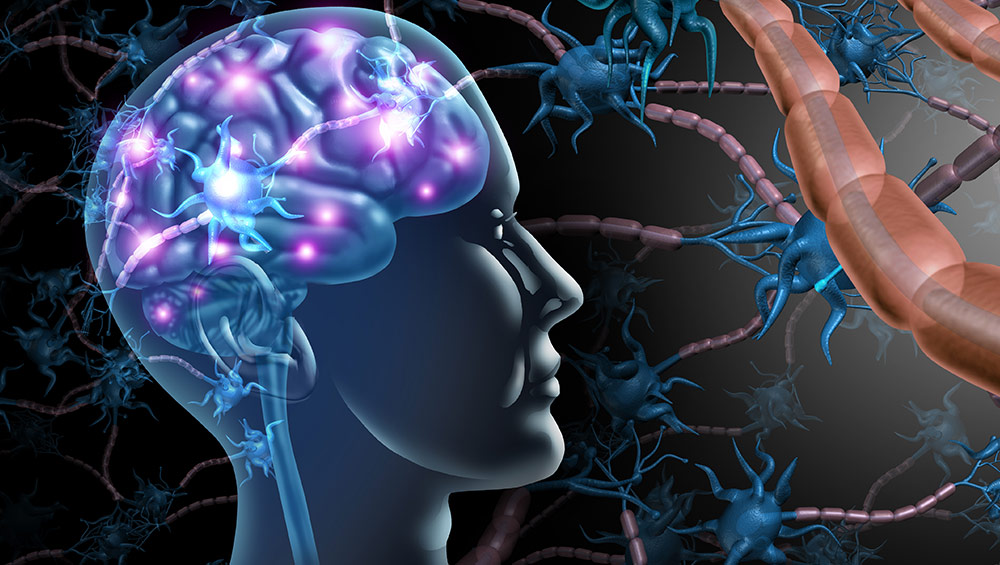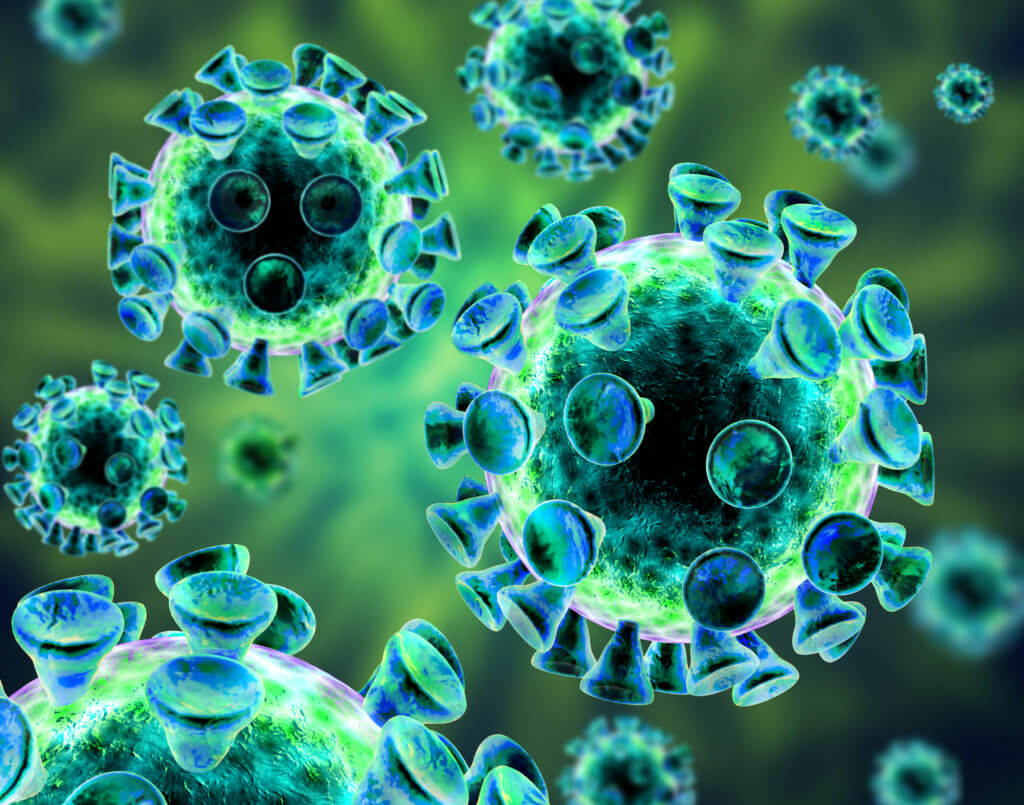Cord Blood Protects Baby’s Brain From Hurler Syndrome
Hurler Syndrome; A Need For Screening
Babies with a rare inherited disease may be spared from permanent brain damage if they receive an umbilical cord blood transplantat before they are 9 months old.
Experts say the findings emphasize the need for early diagnosis of the condition, called Hurler syndrome, preferably through newborn screening programs.
Hurler syndrome is the most clinically severe form of an inherited disorder where a child lacks a key enzyme needed to break down complex sugars called glycosaminoglycans. The sugar buildup results in progressive organ deterioration and death in childhood.
Affected children may not have symptoms until age 3, but the brain undergoes damage before symptoms appear.
Umbilical cord blood transplantation from unrelated donors, also known as an allogeneic cord blood stem cell transplant, has previously been shown to improve neurological outcomes of children older than 2 years of age and prolong life.
Hematopoietic stem cells from the cord blood transplants provide a source for the normal enzyme that is donated to the deficient cells decreasing the accumulation of gycosaminoglycans.
Hurler Syndrome; Early Detection
The treatment of Hurler syndrome with an umbilical cord blood stem cell transplant before 9 months of age leads to normal cognitive development, according to the study that is published in the Annals of Neurology.
Children transplanted at 12 and 25 months of age functioned cognitively at a level 2 to 5.3 years below that of those transplanted at 4 months. Early transplantation also predicted better outcomes for language skills and adaptive behaviors.
“The purpose of the study was to determine whether age at transplantation can predict cognitive outcomes,” says Maria Luisa Escolar, associate professor of pediatrics at University of Pittsburgh School of Medicine.
“This study highlights the importance of early detection of brain diseases in babies and infants when brain growth is the most accelerated in life, placing them at increased vulnerability for permanent damage.”




